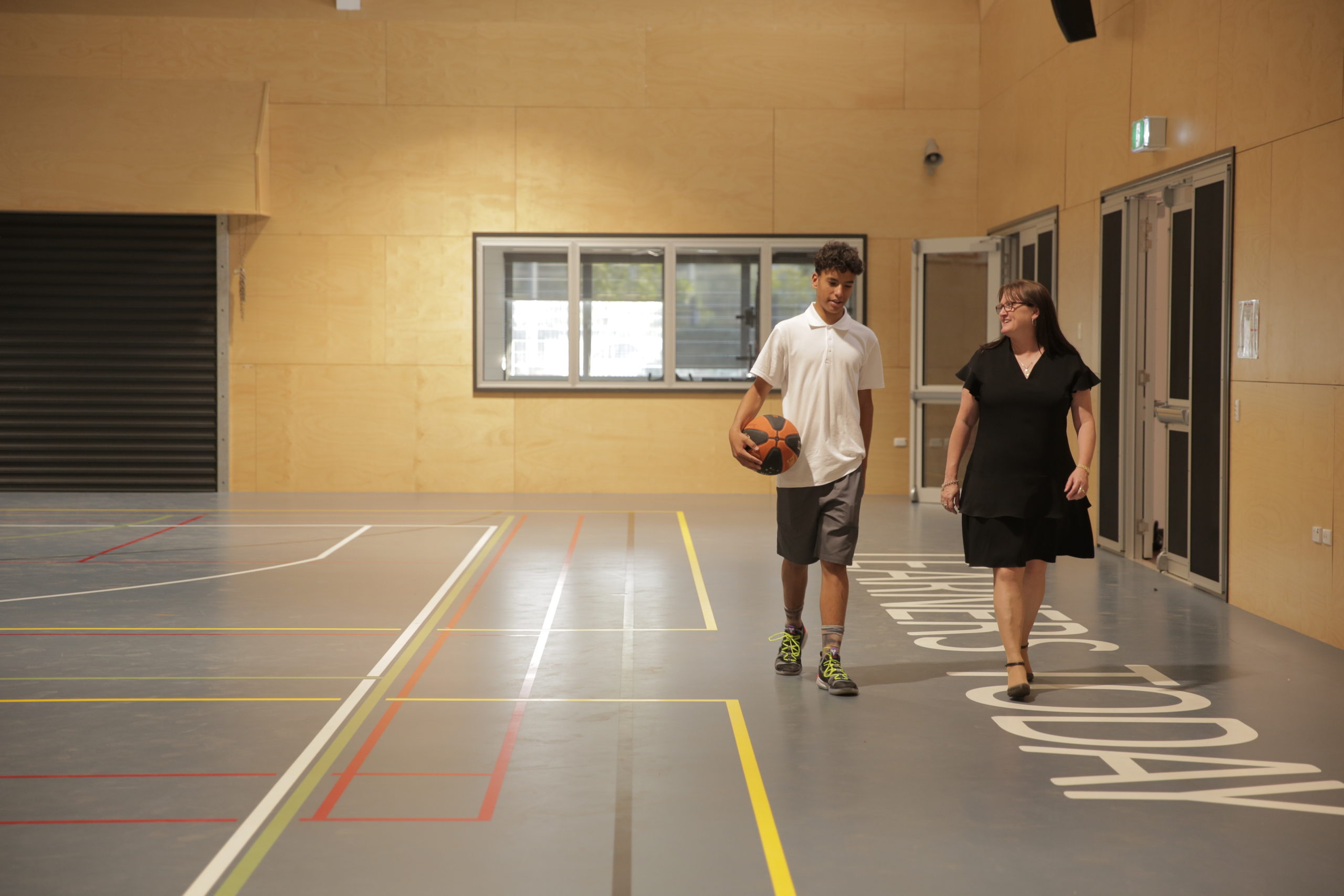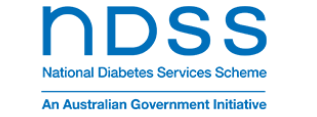
Physical activity is important for all students, including those with type 1 diabetes. Just like their peers, they gain valuable health benefits from being active.
With the right planning and support, students with type 1 diabetes can safely participate in all school activities, from physical education classes to sports carnivals.
How physical activity affects glucose levels
When we move, our muscles use glucose for energy. For students with type 1 diabetes, this can cause glucose levels to drop during or after exercise – sometimes even hours later. This increases the risk of hypoglycaemia (low blood glucose level).
To prevent this, a student may need to:
adjust their insulin dose
eat extra carbohydrates before, during, or after physical activity
check their glucose levels more often.
Some types of physical activity can also raise glucose levels. This is more common in high-intensity sports such as sprinting, or when stress associated with sports competition triggers the release of hormones that increase glucose levels.
Preparing for physical activity
Each student will use a different approach to prepare for physical activity based on:
- their glucose level before starting physical activity
- when they last ate carbohydrates
- when they last took insulin
- the type, intensity, and duration of the activity.
Active play can have the same impact on glucose levels as organised sports. This short video explains how different types of exercise affect glucose levels.
What school staff need to know
Follow the student’s diabetes management plan
The student’s diabetes management plan will outline any necessary adjustments for physical activity. It will detail when the student needs to check their glucose level, what a safe glucose level for physical activity is, and what actions to take based on their levels.
Have essential diabetes supplies ready
School staff supervising activities should ensure they have access to the student’s blood glucose monitor, hypo kit, and diabetes action plan (which can be found in their diabetes management plan).
Disconnect the insulin pump if needed*
Students using an insulin pump may need to disconnect it to prevent damage or keep it dry for certain activities. For example, contact sports, swimming or water activities.
*Important: The insulin pump should not be disconnected for more than 90 minutes. After exercise, ensure it is reconnected, glucose levels are checked, and insulin delivery resumes. The insulin pump should only be disconnected if outlined in the student’s diabetes management plan.
To learn more complete the Level 2 Diabetes in School training program.
Reasonable adjustments
To ensure students can fully participate in school activities, consider the following adjustments:
- providing additional snack times if needed
- providing a safe place for glucose monitoring and insulin administration
- providing secure storage for diabetes equipment (e.g. glucose monitoring supplies, insulin pumps) when needed during sports
- allowing for modifications to physical activity participation (e.g. access to more breaks if needed)
- informing parents/carers in advance about changes in activities.
Last updated: September 2025


